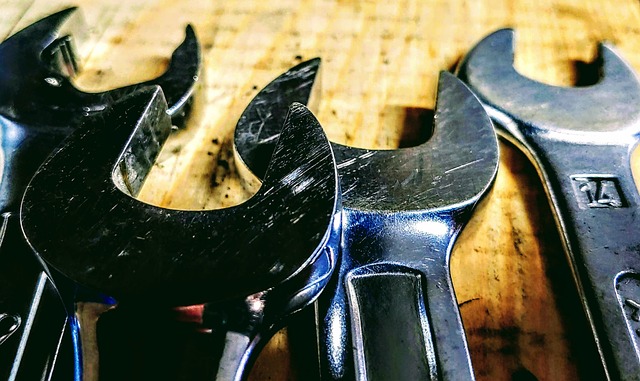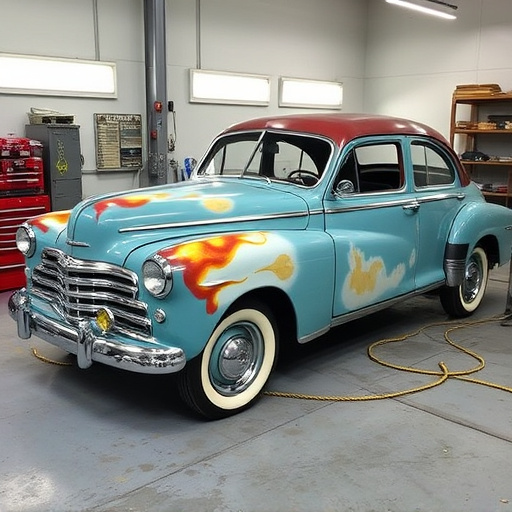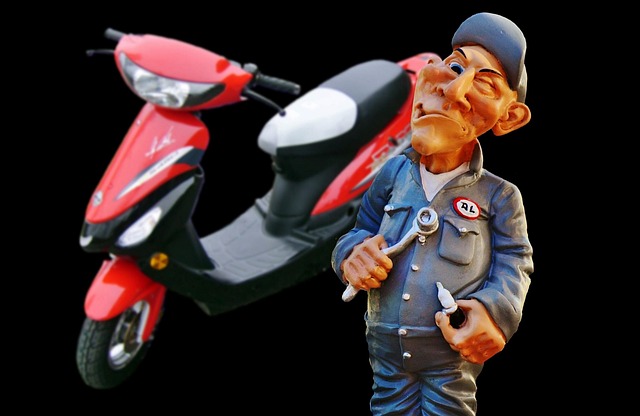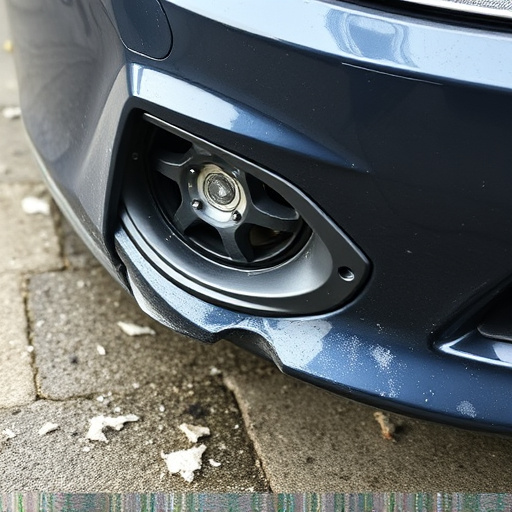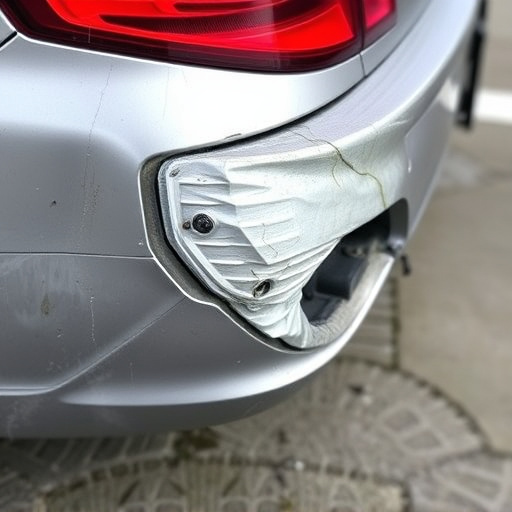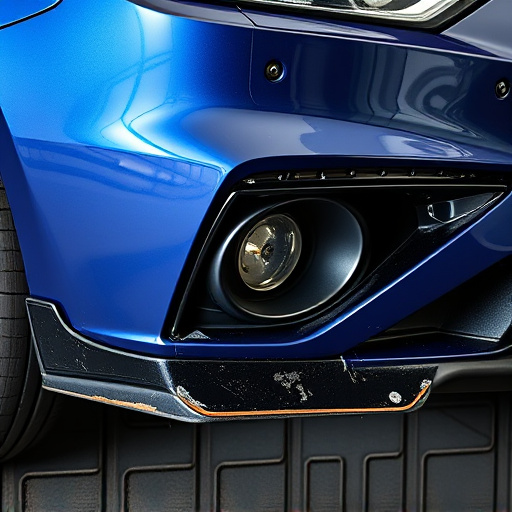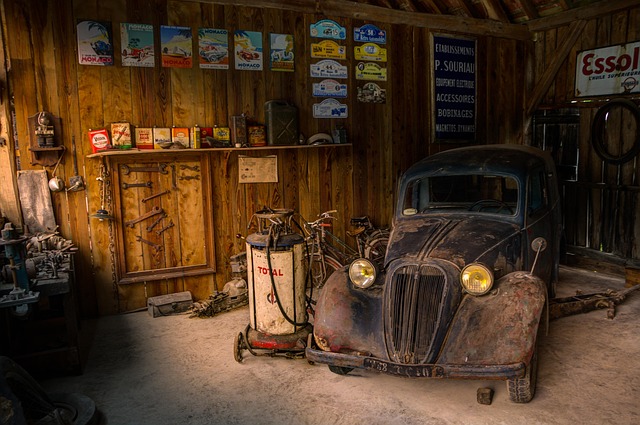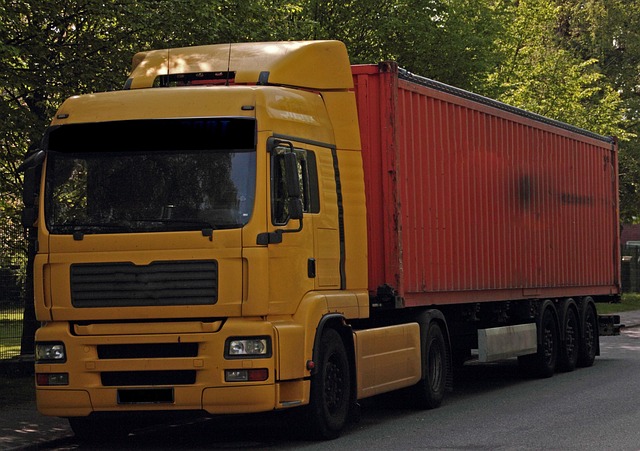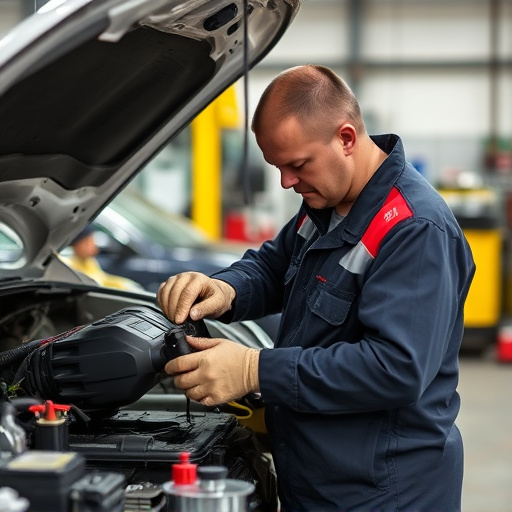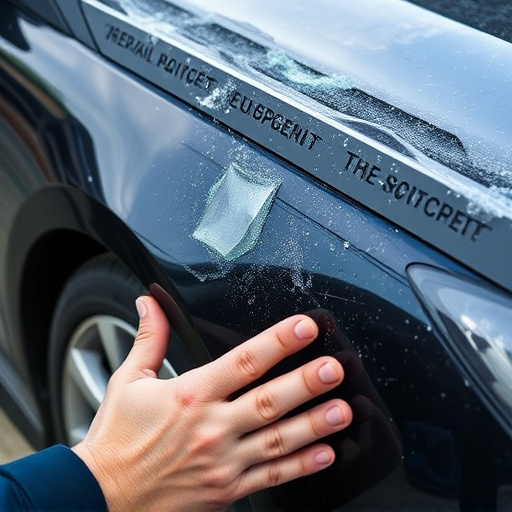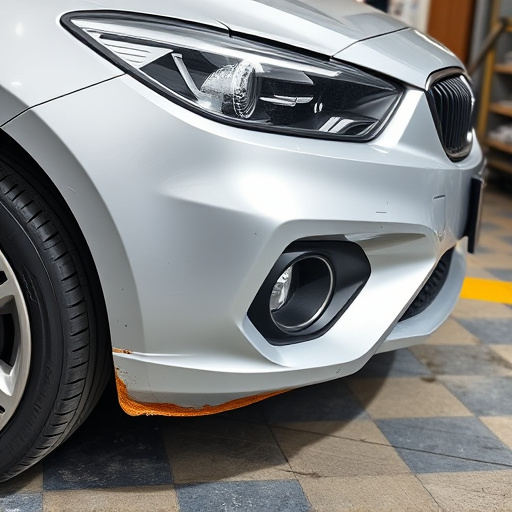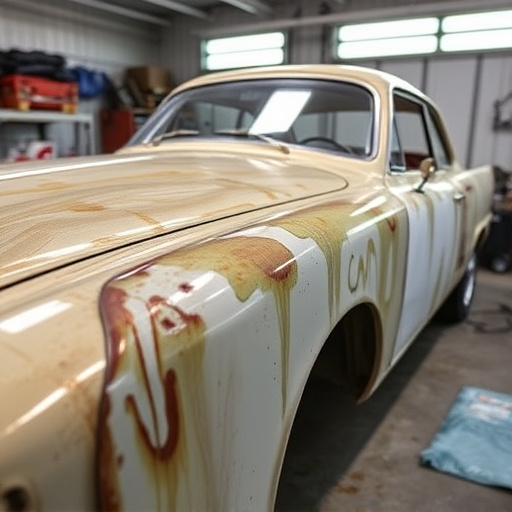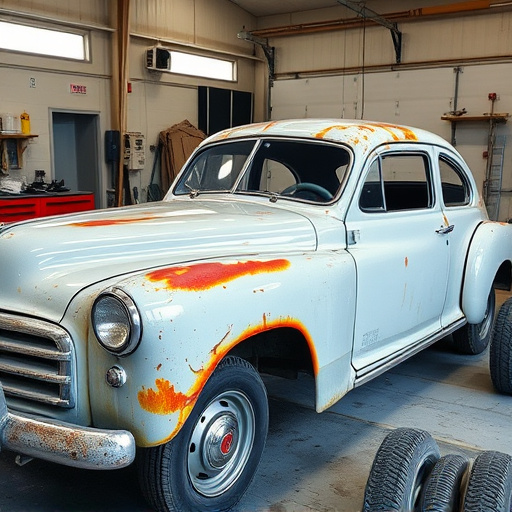Understanding vehicle crash repair cost breakdown is crucial for both shops and customers. Damage extent, including structural and cosmetic issues, heavily influences final estimates. Specialized tasks like painting and labor rates, varying by location and expertise, also play significant roles. Accurate time estimates ensure transparency. Parts choices between OEM and aftermarket impact costs, with efficient procurement processes streamlining repairs, enhancing customer satisfaction, and maintaining vehicle integrity at transparent price points.
In the realm of professional vehicle crash repair, understanding cost factors is paramount for both repair shops and car owners. This article delves into the intricate components that shape vehicle crash repair estimates, including labor rates, parts replacement, and overhead margins. We explore how severity of damage, vehicle specifications, and local market dynamics influence these estimates. Additionally, we provide insights on managing costs and offering accurate quotes through updated pricing tools, cost monitoring, and transparent communication with clients.
- Understanding the Components of Vehicle Crash Repair Costs
- – Labor rates and time estimates
- – Parts replacement and procurement
Understanding the Components of Vehicle Crash Repair Costs

When it comes to vehicle crash repair, understanding the cost breakdown is vital for both repair shops and customers. The process involves several key components that collectively determine the final estimate. One of the primary factors is the extent of damage sustained by the vehicle. This includes structural damage, where panels, frames, and chassis may require replacement or realignment, as well as cosmetic issues like dents, scratches, and cracked components. Each type of repair carries its own set of labor and material costs.
Additionally, auto body services encompass a range of specialized tasks. These can include painting, which involves the application of multiple coats to ensure a flawless finish that matches the vehicle’s original color, and intricate detail work to restore the car’s appearance. Other considerations are the use of original equipment manufacturer (OEM) parts versus aftermarket alternatives, both of which impact pricing due to varying costs and warranty implications. Moreover, labor rates vary among repair shops, influenced by factors like location, expertise, and market competition, making it crucial for customers to obtain detailed estimates from multiple providers.
– Labor rates and time estimates

Labor rates and time estimates are critical components in any vehicle crash repair estimate. The cost of labor varies significantly depending on factors such as location, skill level of technicians, and type of repair facility. For instance, urban areas with high living costs tend to have higher labor rates compared to suburban or rural locations. Additionally, specialized repairs like bumper repair or complex car body repair jobs often command premium labor rates due to the specialized skills required.
Reputable automotive repair shops typically provide detailed time estimates for each stage of the repair process. These estimates consider not just the visible damage but also hidden components that may need attention. Accurate time estimations are essential for customers to understand the scope of work and budget accordingly, ensuring transparency in vehicle crash repair services.
– Parts replacement and procurement

Parts replacement and procurement play a significant role in vehicle crash repair estimates. The cost of components can vary widely depending on factors such as brand, quality, and availability. In a car body shop, auto detailing professionals often seek high-quality parts to ensure not just structural integrity but also aesthetic precision. However, sourcing these parts can impact the overall repair costs; specialty or performance parts may be pricier than standard replacements.
Efficiency in procurement is crucial for auto repair services. Professional shops build relationships with reliable suppliers to streamline the process. This reduces delays and labor costs associated with waiting for parts. Additionally, having a steady supply of quality components enhances the shop’s ability to provide accurate estimates and maintain customer satisfaction, ensuring that the vehicle is repaired to a high standard at a transparent price point.
When it comes to vehicle crash repair, understanding the cost factors is key. By breaking down labor rates, time estimates, and parts replacement, as well as considering procurement methods, individuals can gain valuable insights into creating accurate repair estimates. These considerations are essential for both consumers and professionals in the industry, ensuring fair pricing and high-quality services for all vehicle crash repair needs.
